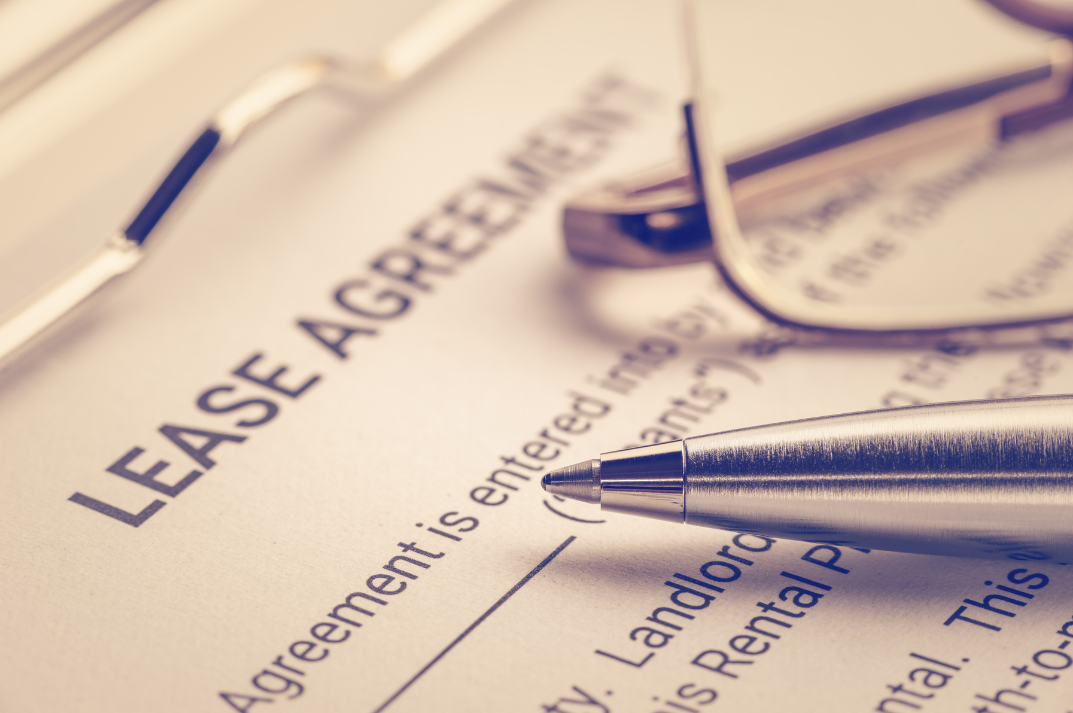ProNexus, LLC Named to 2024 Greater Rochester Chamber Top 100
PRONEXUS, LLC, PITTSFORD NY (November 7th, 2024) PRONEXUS, LLC is pleased to announce that we ranked #42 on the 2024 Rochester Top 100 list of...

To us it's simple...
"Do things the right way. For the right reasons. Good things will follow."
4 min read
![]() ProNexus Admin
:
Aug 4, 2022 3:08:38 PM
ProNexus Admin
:
Aug 4, 2022 3:08:38 PM

If you are using spreadsheets to maintain your leases, you know what a pain those spreadsheets can be. They are error-prone, difficult to adjust, and can even increase risk. Or, as one audit partner excellently put it to me recently, “Spreadsheets are cumbersome and fragile.”
Many public companies opted for spreadsheets when they first implemented the new lease standard. Some organizations made the deliberate decision to use spreadsheets because they are “only” leases; they assumed based on old accounting standards that their spreadsheets would still be easy to maintain.
Other organizations may not have properly planned for implementing the new lease standard and belatedly assumed that spreadsheets were their only option.
Whether you actively chose to use spreadsheets or ended up there by default, public companies are realizing that spreadsheets are not a long-term solution for ongoing lease maintenance. Even if the implementation process was manageable with spreadsheets, many are encountering time-consuming complications with the required accounting after the Day 1 implementation date or Day 2 and beyond.
Most public companies have now completed their first year with the new lease accounting standard and some have already experienced why spreadsheets are not effective for ongoing maintenance such as lease modifications—which have been unusually prevalent as a result of the pandemic.
Spreadsheets Make Audits More Painful
As CPA firms now know from experience with their public clients, spreadsheets present major challenges during audits. Even though the first year of audits post-implementation has passed, managing ongoing maintenance in spreadsheets will only make future audits even more painful–and that will drive up costs. In fact, one public company told us recently that their audit fees increased by 25% due to the extra work with their lease accounting spreadsheets.
If there are multiple people working within a spreadsheet and it has no built-in validation and minimal security options, that could cause major problems. If you are using a spreadsheet that has even one error, any calculation could be wrong. When you are relying on an easily breakable spreadsheet, it creates a lot more work and they need more intricate internal controls to provide evidence that the numbers are accurate.
If errors are found during the audit, then you are looking at rework and more testing, which means more time spent in the spreadsheet. It is incredibly frustrating to get deep into an audit and realize there is a material control weakness that could have been addressed earlier. Auditors cannot say that an organization’s account balances are accurate if the spreadsheets are a mess.
Spreadsheets Lack Data Integrity, Version Control, and Security
Spreadsheets require a lot of manual effort to make impairments, modifications, and revisions to leases. When a lease is amended, the updates on a spreadsheet are complex and nuanced. The new lease standard has also added greater complexity to financial disclosures. In addition to the simple maturity schedule that was previously required, there are numerous additional quantitative calculations to include in footnote disclosures. The smallest error can break these formulas and provide inaccurate disclosures.
Further, most organizations have many people who touch leases. One leader at a major public accounting firm learned this lesson during implementation: he assumed that only a couple of people were involved with leases at his client organizations when really it was more like four or five.
With that many people working on a spreadsheet, it is difficult to know who made which changes and whether you are working on the latest version. Part of that confusion stems from the fact that spreadsheets are so easily compromised. In a spreadsheet, one user can edit, lock, duplicate, cut, or otherwise make the spreadsheet dysfunctional. The time spent identifying and correcting human errors—which are inevitable—is time wasted unnecessarily.
Spreadsheets Waste Time
Spreadsheets begin as a blank canvas. That means anyone working in a spreadsheet first needs to add the calculations and processes required to fit their unique situation.
This may not have seemed like a big deal when implementing the new lease accounting standard; any new standard requires some initial heavy lifting. What has been a surprise for many is the ongoing maintenance for tracking leases. Due to those nuanced calculations in the new lease standard, any changes – and there will be changes – after initial setup takes hours of work to maintain accuracy.
Multiply that over many leases at a large company and you have a major time suck. When asked about the prospect of using spreadsheets, one Manager of Corporate Reporting for a public company responded, “We only have a couple of dozen leases—I can’t see how an organization can manage their lease portfolio effectively in a spreadsheet.”
In addition to building your spreadsheets, you may also need to build reports for presenting information to internal and external teams. The team might be well-versed in what the spreadsheet produces, but they will need to allocate additional time to generating journal entries, amortization schedules, and footnotes, which are standard for most lease accounting software.
Why Lease Accounting Software Is Better For Ongoing Lease Maintenance
Accountants and finance teams have long relied on spreadsheets for lease accounting, despite the pain points listed above. While that was much more feasible under Accounting Standards Codification (ASC) 840, spreadsheets are simply not feasible long-term for lease accounting under the new standard, ASC 842. Public and Private companies may be reluctant to use lease accounting software because they worry about having to retrain staff on a new system, or that it will cost too much; however, the right solution will ultimately save the organization time and money.
Benefits of Lease Accounting Software Include:
ProNexus Lease Accounting Software sets itself apart from other options in the market with the following critical benefits:
Want to learn more about ProNexus Lease Accounting Software? Request a demo tailored to your organization today.
.png?width=200&name=ProNexus_Square_Logo_-_Tagline_copy-removebg-preview%20(1).png)

PRONEXUS, LLC, PITTSFORD NY (November 7th, 2024) PRONEXUS, LLC is pleased to announce that we ranked #42 on the 2024 Rochester Top 100 list of...

In the modern business landscape, finance departments are under increasing pressure to deliver accurate, timely, and strategic insights while...

In the digital age, data is often referred to as the new oil, and for good reason. Within the vast sea of data that businesses accumulate, financial...

Leave it in the Past You’ve probably heard a lot about spreadsheets in relation to lease accounting. Perhaps after your first audit with the new...

PRONEXUS, LLC – a highly regarded non-attest finance and accounting firm, invests in cloud-based lease accounting software designed to help clients...

ProNexus provides Lease Accounting Advisory & Implementation services, we can help you make a smooth transition to the new lease accounting standards...